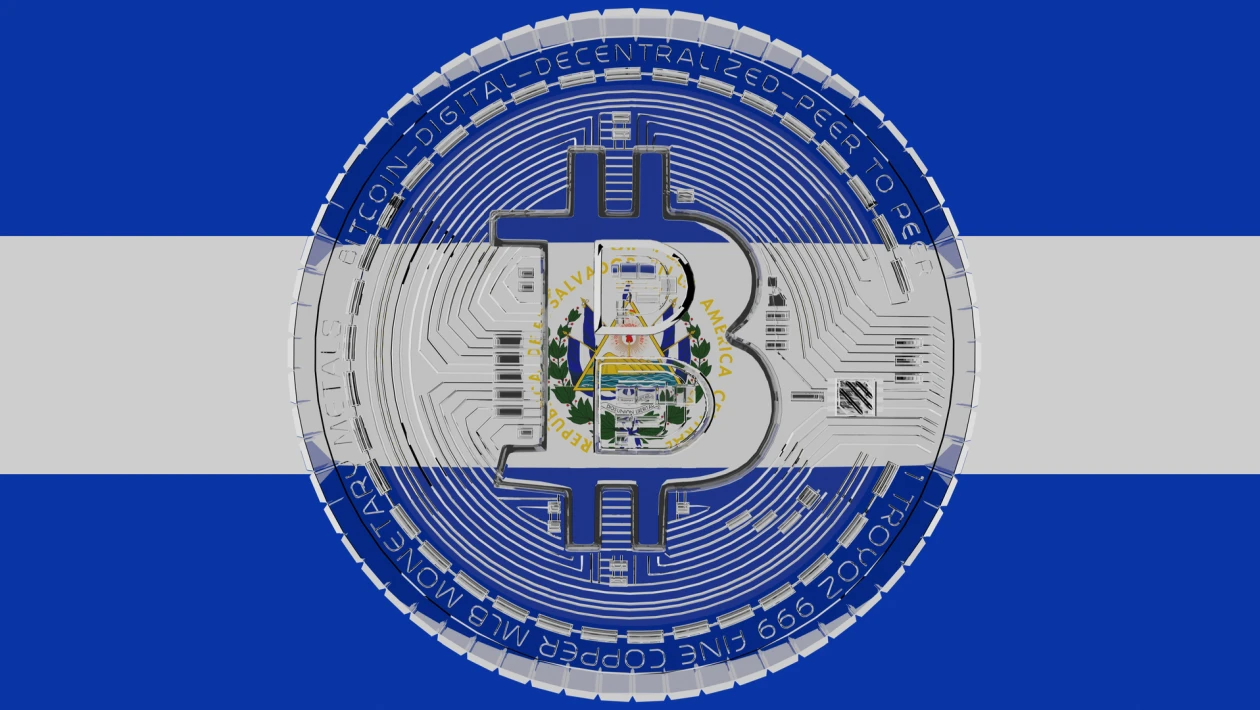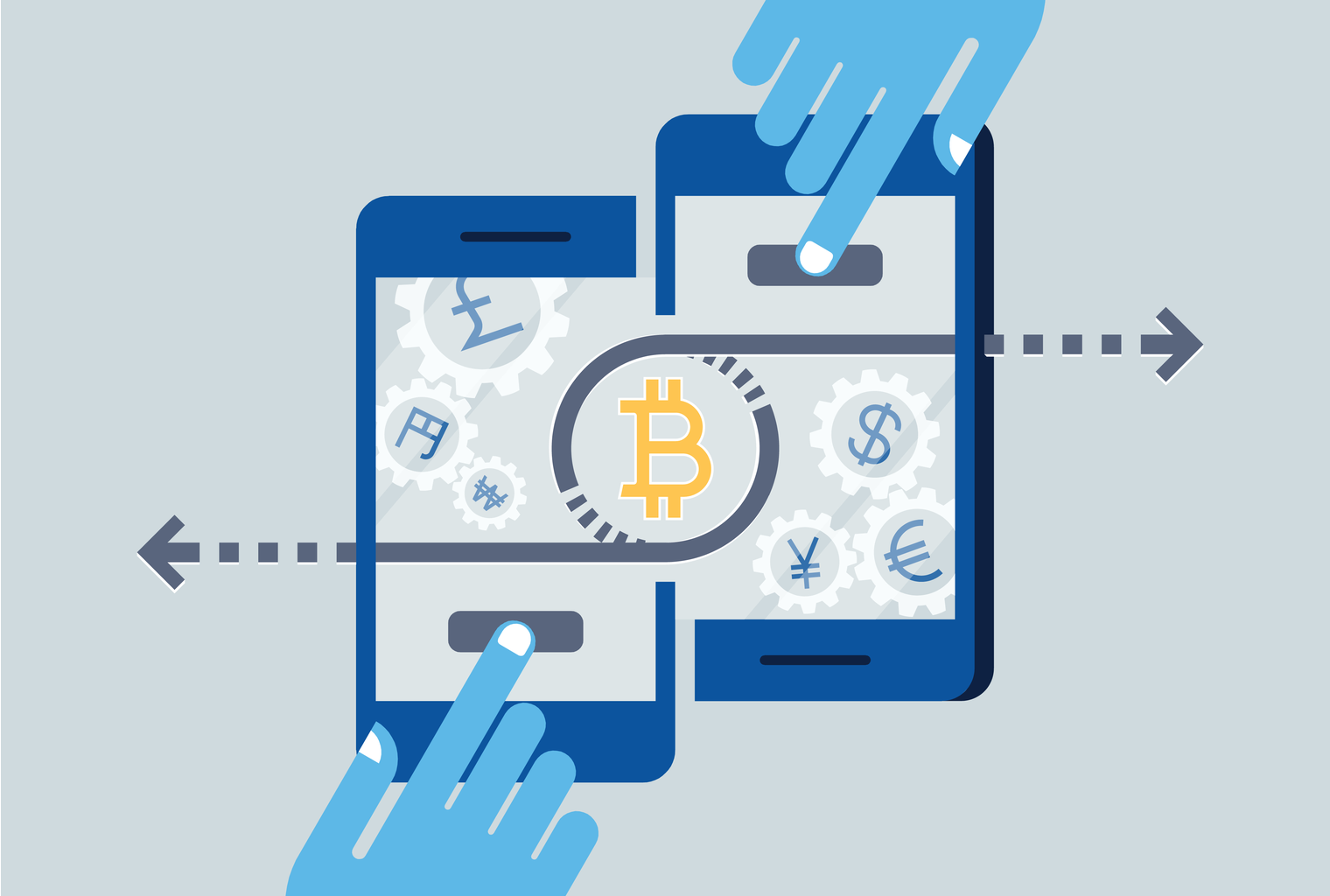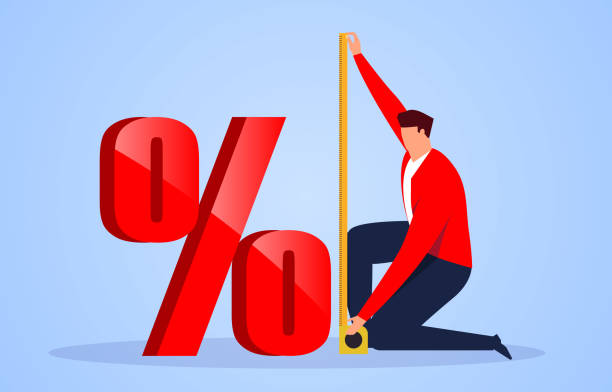The Stock Market Isn't Falling Like It Was in the 1970s—Declining It's Even More!
The stock market had its worst first four months of the year since the 1970s! No, that was the 1930s! Isn't it enough to remark that the year has gotten off to a poor start?
It's possible that "bad" is an understatement. The S&P 500 index has dropped 13% in the first four months of the year, its worst start since 1939, after falling 3.3 percent this week. However, the Dow Jones Industrial Average has down 9.2 percent in 2022, its worst start since 2020, after sliding 2.5 percent for the week. Not to be outdone, the Nasdaq Composite dropped 3.9 percent this week, bringing the year's total losses to 17 percent during the first four months. It's the worst start to a year it's ever had, dating back to 1971.
For a brief moment, it appeared that the S&P 500 would have its worst first four months since 1970. Nobody seems to recall the 1970s as the decade that gave us disco, rap, and punk rock, but just as a period of inflation. Given the rise in consumer costs in the United States, it's an obvious comparison to make. According to data issued on Friday, the Core PCE deflator, the Federal Reserve's preferred inflation gauge, jumped 5.2 percent year over year in March, while the first-quarter employment cost index increased 1.4 percent from the fourth quarter, the highest increase since the data set began.
The selloff had become worse by Friday's close of trade, and we were looking at the worst start to a year since the Great Depression.
Nonetheless, when the Fed concludes its two-day meeting on Wednesday, a half-point rate raise appears all but certain. Michael Shaoul, CEO of Marketfield Asset Management, writes that it "underlines exactly how late the Federal Reserve has been to start changing monetary policy this cycle."
Looking at all four-month reductions, rather than just the first four months of the year (due to a quirk of the calendar), reveals more. Over the four months ending in March 2020, Covid-19 caused the S&P 500 to decline 18%. And it dropped 14% in the four months ending in December 2018, as the market realised the Fed's interest-rate hikes on autopilot were pushing the economy to its limits.
Looking back, there have been 25 four-month periods since 1992 when the S&P 500 has declined 10% or more, and they don't appear to be the worst times to invest: During the six months following those declines, the index has gained a median of 2.6 percent.
That understates both the risks and the potential rewards. Ten of those drops occurred between January 2000 and October 2002, when the internet bubble burst, and just four of them were followed by increases during the next six months. Another nine occurred at the start and end of the financial crisis in 2007-09, with five of them being followed by significant gains. To make money, you had to catch the bear's tail, not its head.
Not every four-month drop occurred during a recession, and not every four-month drop resulted in a long-term decrease. Due to a Russian debt crisis that threatened to spill over into the global financial system in 1998, the S&P 500 plummeted 14% before recovering 29% over the next six months. In 2010 and 2011, the European economic crisis and the US debt-ceiling standoff both resulted in double-digit falls followed by huge rebounds.
The argument isn't that the stock market won't continue to collapse. The selloff this week on what were not bad numbers is unsettling—and we don't need to look back to the 1970s or the 1930s to see that. Given that the S&P 500 drops an average of 32% during a bear market, according to BofA Securities strategist Savita Subramanian, one-third of a recession is already priced in.
It will be bad enough if a recession comes. We don't need to travel back in time to be reminded of this.
















